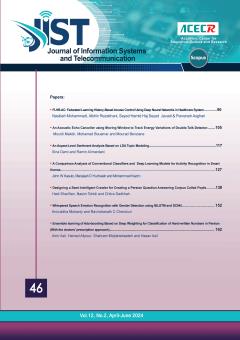Semantic segmentation is a branch of computer vision, used extensively in image search engines, automated driving, intelligent agriculture, disaster management, and other machine-human interactions. Semantic segmentation aims to predict a label for each pixel from a giv
More
Semantic segmentation is a branch of computer vision, used extensively in image search engines, automated driving, intelligent agriculture, disaster management, and other machine-human interactions. Semantic segmentation aims to predict a label for each pixel from a given label set, according to semantic information. Among the proposed methods and architectures, researchers have focused on deep learning algorithms due to their good feature learning results. Thus, many studies have explored the structure of deep neural networks, especially convolutional neural networks. Most of the modern semantic segmentation models are based on fully convolutional networks (FCN), which first replace the fully connected layers in common classification networks with convolutional layers, getting pixel-level prediction results. After that, a lot of methods are proposed to improve the basic FCN methods results. With the increasing complexity and variety of existing data structures, more powerful neural networks and the development of existing networks are needed. This study aims to segment a high-resolution (HR) image dataset into six separate classes. Here, an overview of some important deep learning architectures will be presented with a focus on methods producing remarkable scores in segmentation metrics such as accuracy and F1-score. Finally, their segmentation results will be discussed and we would see that the methods, which are superior in the overall accuracy and overall F1-score, are not necessarily the best in all classes. Therefore, the results of this paper lead to the point to choose the segmentation algorithm according to the application of segmentation and the importance degree of each class.
Manuscript profile


